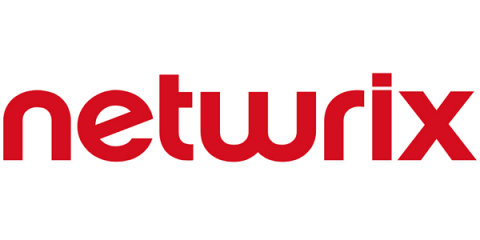5 Common Elasticsearch Mistakes That Lead to Data Breaches
Avon and Family Tree aren’t companies you would normally associate with cybersecurity, but this year, all three were on the wrong side of it when they suffered massive data breaches. At Avon 19 million records were leaked, and Family Tree had 25GB of data compromised. What do they have in common? All of them were using Elasticsearch databases. These are just the latest in a string of high profile breaches that have made Elasticsearch notorious in cybersecurity.











